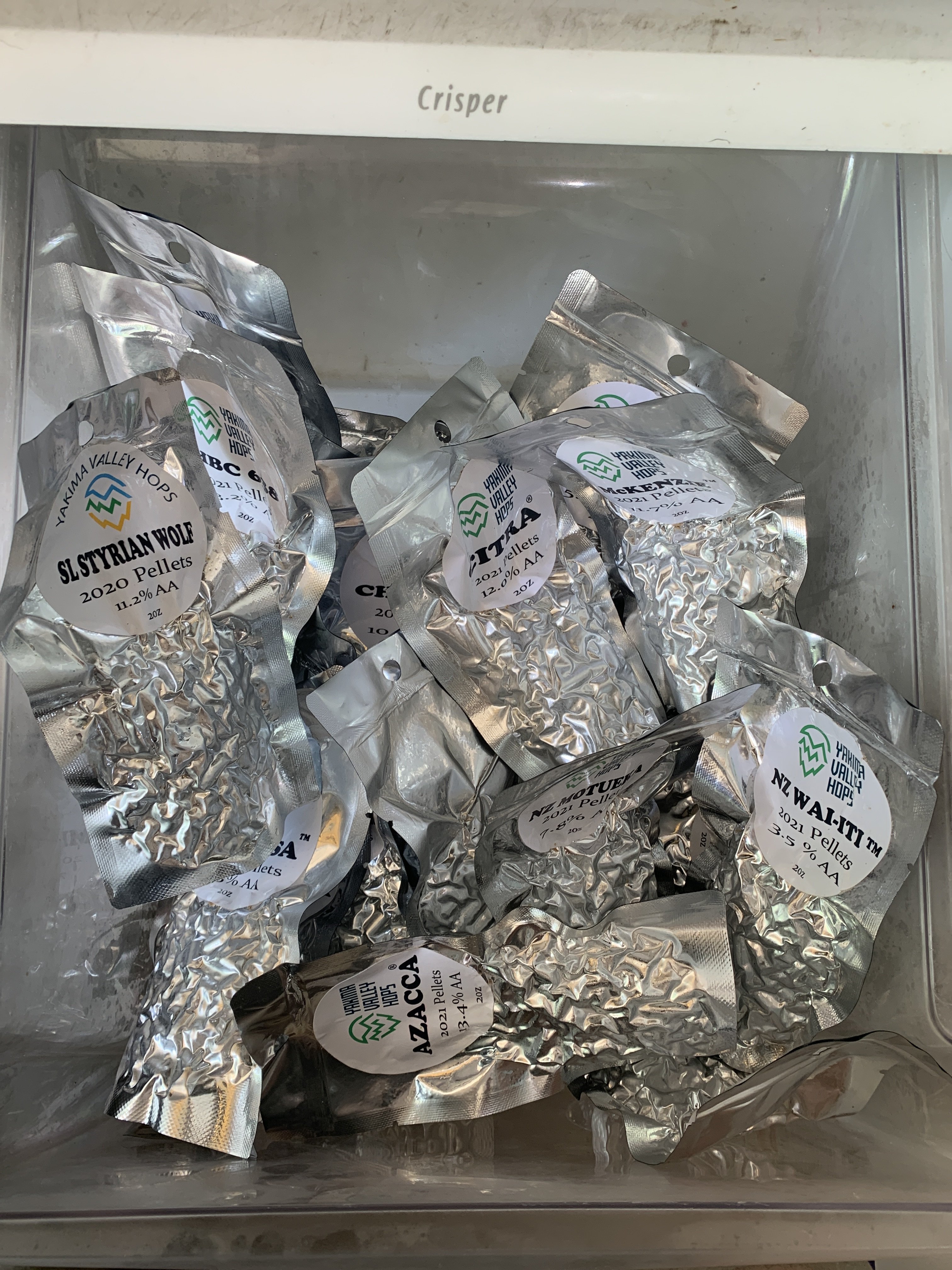Miles_1111
Well-Known Member
- Joined
- Mar 5, 2017
- Messages
- 166
- Reaction score
- 20
I wonder how to select hops for combination when you design a IPA recipe. I assume there are some certain hops goes well other certain ones, but someone does not go well with other certain hops. For example, I plan to have Sabro, Idaho 7 and Strata hops all in my new IPA. Do they go well? I expect to have a west coast IPA but not too much tropical cloying, also not very traditional so I did not choose casdade, centinniel, amarillo, simcoe, etc. Any advices?














































![Craft A Brew - Safale BE-256 Yeast - Fermentis - Belgian Ale Dry Yeast - For Belgian & Strong Ales - Ingredients for Home Brewing - Beer Making Supplies - [3 Pack]](https://m.media-amazon.com/images/I/51bcKEwQmWL._SL500_.jpg)











